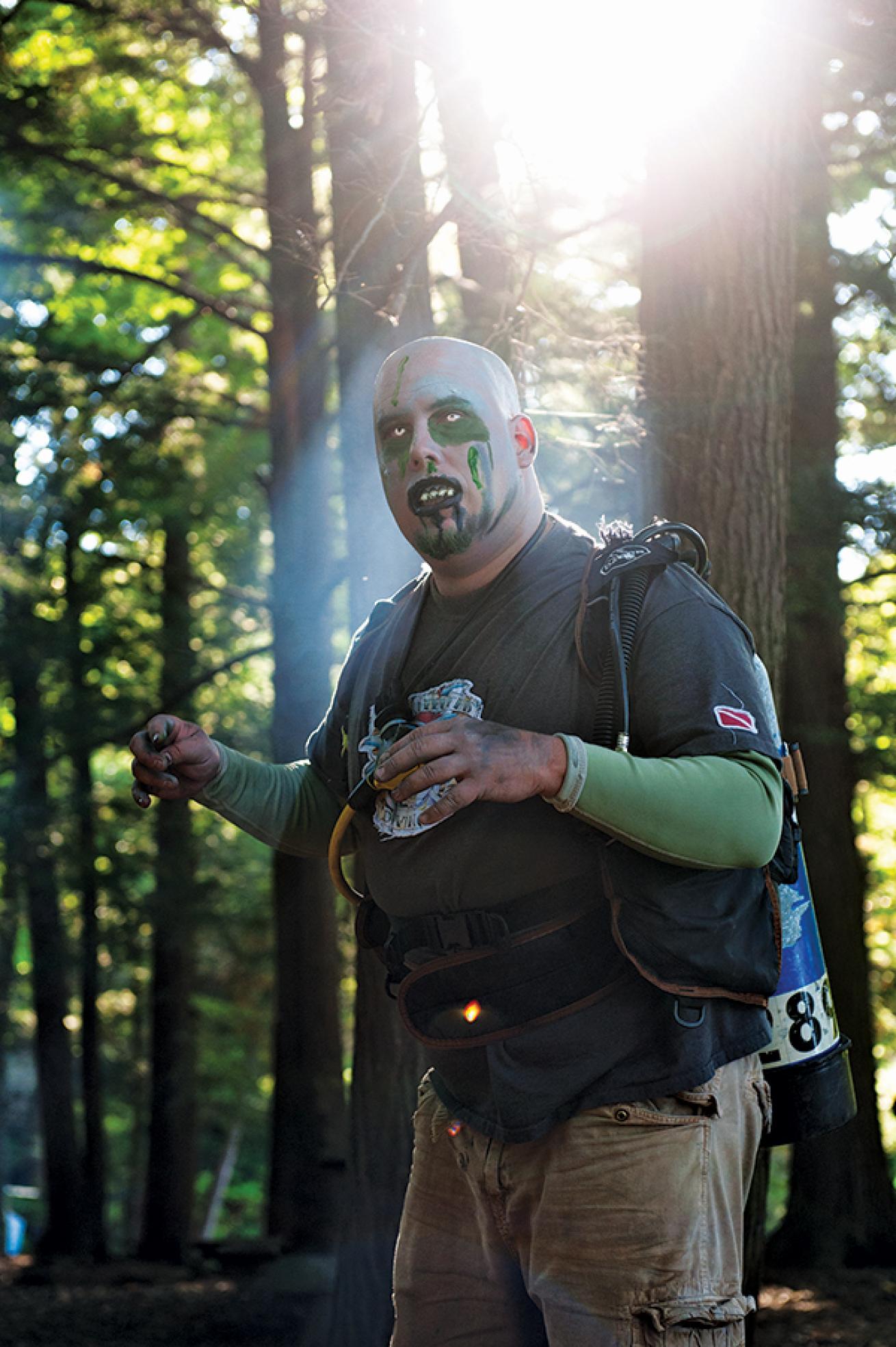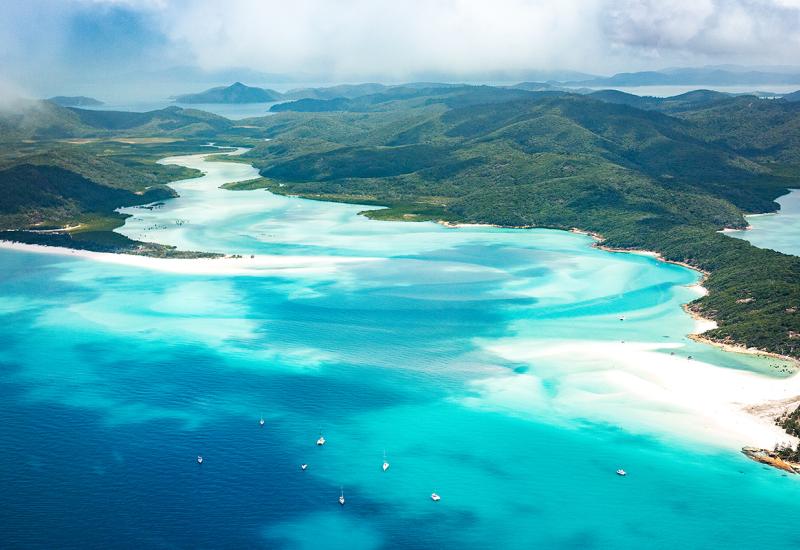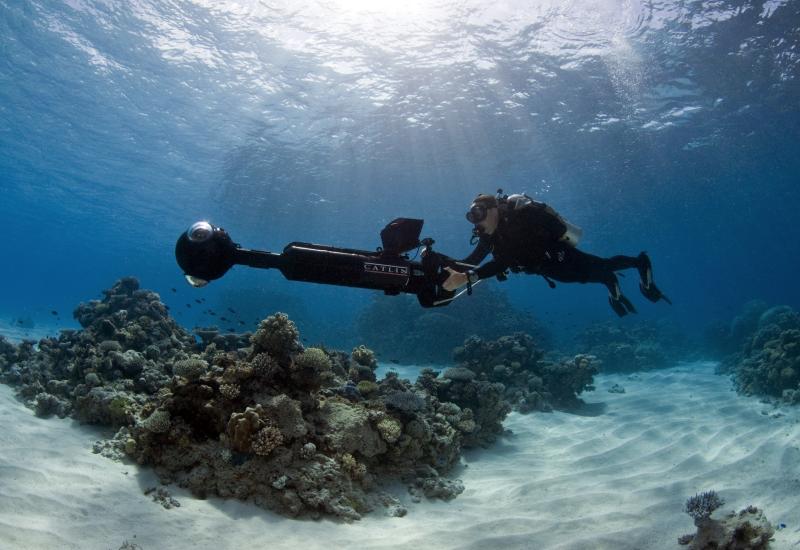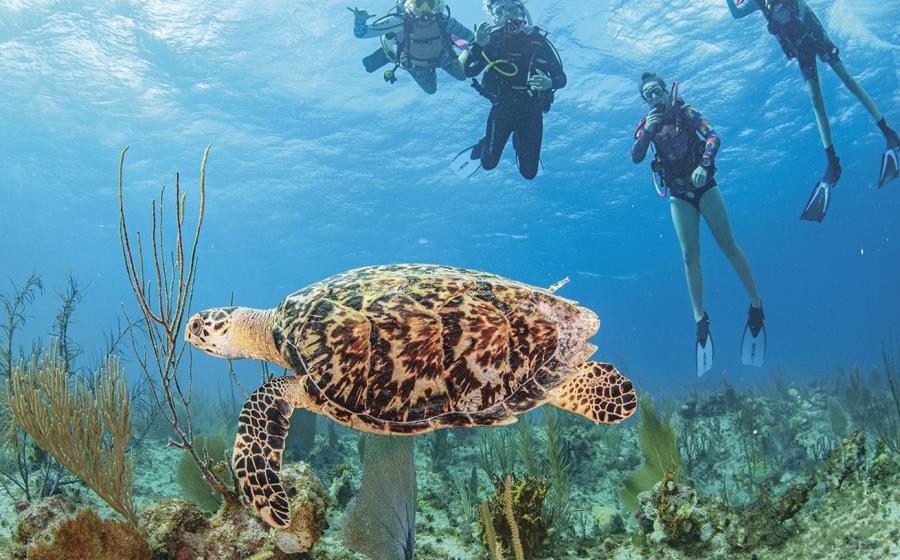Five Fun Ways To Earn A New PADI Card

Mike Romano
Try something a little bit different with your next PADI specialty course:
PADI distinctive specialties count towards the Master Scuba Diver rating and are pretty great conversation pieces. Oh you’re a Deep Diver? Well I’m a Zombie Apocalypse Diver…
Here are five distinctive specialties to really expand your scuba knowledge.
Zombie Apocalypse Diver
Who says you have to wait until Halloween to dress up like a zombie? For those who can’t get enough of the undead, the Zombie Apocalypse Diver course combines divers’ passion for the ocean with their love of zombies to create a class that’s both fun and challenging. You can even get a zombified version of yourself as the photo on your card. Classes are offered in the United States, Canada, Guam, New Zealand, Japan and Denmark.
Coral Restoration Diver
Divers who want to give something back should consider the Coral Restoration Diver course. This amazing program teaches divers how to grow coral and transplant it to barren areas of the reef. The course is offered in Bonaire as well as in the Florida Keys and includes three training dives, classroom sessions and workshops. See coral restoration work in action in the video below, and updates on the Coral Restoration Facebook page.
Pelagic Magic Diver
Pelagic Magic Diver takes students on an epic nighttime journey. Here, divers learn how to feel comfortable with black-water diving and discover the illuminated, colorful marine life around them. Check out some of the otherworldly creatures you can see while completing the dives for this specialty, or read The Wall Street Journal’s article about one diver’s experience.
Project AWARE Dive Against Debris
Dive for a cause with Project AWARE’s distinctive specialty course, Dive Against Debris. In this course, divers gain the knowledge and skills needed to conduct a dive to combat the damage of marine debris. It’s part of the larger conservation movement to remove harmful debris from the habitats of vulnerable marine life. The curriculum includes information on creating a survey dive profile, understanding the best use of photography and making effective decisions on what to remove and what to leave behind.
Hot Springs Diver
Many divers have experience diving in cold water, but few have the opportunity to dive in “hot” water. At Homestead Crater in Utah, students can experience diving in a natural hot spring. Divers will learn about the source of the hot springs and how to safely dive in one.










